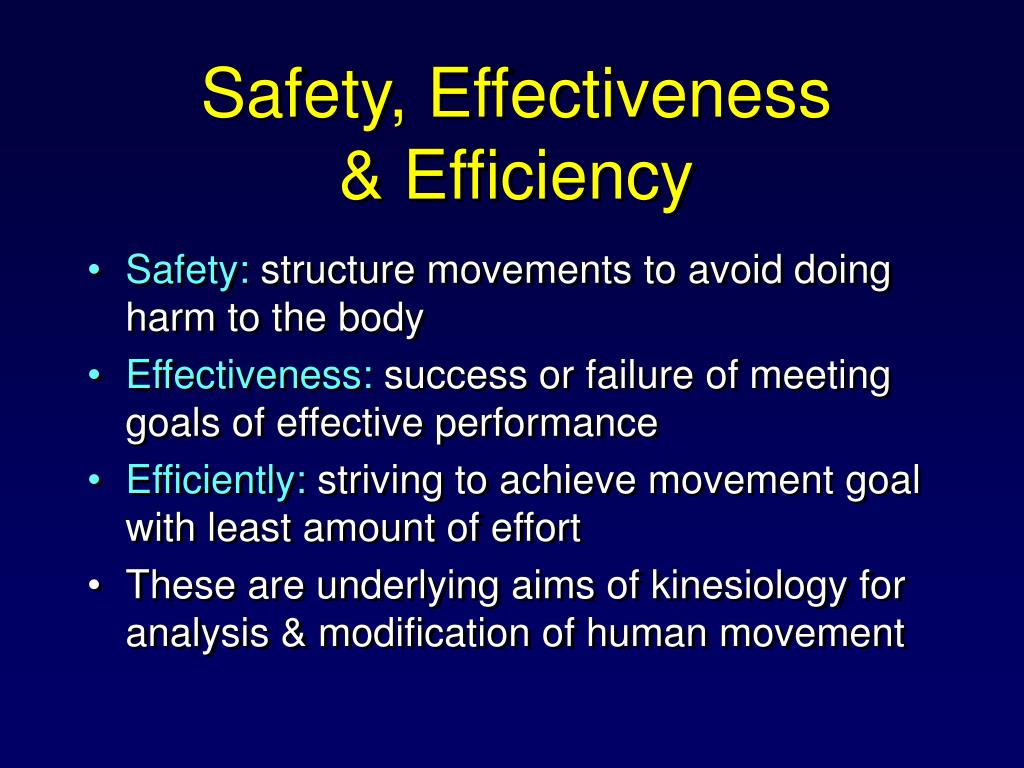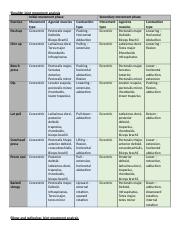- Structural Kinesiology Quizlet
- Structural Kinesiology Study Guide Answers Key
- Manual Of Structural Kinesiology Pdf
- Manual Of Structural Kinesiology Worksheets
Sample/practice exam March 12 Spring 2017, questions and answers. Spring, exam 2 study guide w/ some answers. East Carolina University. Structural Kinesiology (KINE 2850) Academic year. Structural Kinesiology study guide questions and answers'floyd manual of structural kinesiology 19e april 25th, 2018 - explaining the process of human movement manual of structural kinesiology gives a straightforward view of human anatomy and its relation to movement the manual clearly identifies specific muscles and muscle groups.
- Search Courses By
- Search By Time
About kinesiology study
kinesiology study provides a comprehensive and comprehensive pathway for students to see progress after the end of each module. With a team of extremely dedicated and quality lecturers, kinesiology study will not only be a place to share knowledge but also to help students get inspired to explore and discover many creative ideas from themselves.Clear and detailed training methods for each lesson will ensure that students can acquire and apply knowledge into practice easily. The teaching tools of kinesiology study are guaranteed to be the most complete and intuitive.
Popular Search
› school resource officer powerpoint
› Belly Dance Basics 8, Coupon 20% Off Available
› cost of education
› chaos course belton missouri
› southern dunes florida golf course
› study apps for college
› vital check birth certificates review
› medical ethics education
› the responsive classroom
› field theory of learning
› oxbridge academy school calendar
› brcc continuing education classes
› good osu practice maps
› couples training institute
› l3 online learning training
› driver course at st bartholowmew lname
› microsoft visio training online, free
› forensic psychology graduate program
› self paced online college
› warwick driving school
Course Blogs
What is yoga? Is it the same thing as exercise?Yoga is a type of spiritual and physical meditation that involves various poses. Originated in India, it is now practiced habitually all over the...
Health should always be our first priority, you can be a billionaire and have a perfect job, all the luxuries of the world but if you lose your health, nothing else matters. Staying healthy has ma...
Everyone wants to get the best for their Children and when it comes to their studies and learning it becomes more crucial to find the best ever schools and courses for them.
Studying alone is so boring and distracts students many times and also encourages them to waste their time. The kids sometimes cannot understand their lessons
Mental math can be challenging even though you're good at math. Luckily, you can boost your abilities and solve complicated equations in your brain if you learn the fundamentals and use mental math techniques. Below are the tips to sharpen your mental calculation ability for your exploitation.
Structural kinesiology, reference positions, axial and appendicular skeleton
Anatomical directional terminology, Planes of motion, Axes of rotation, Terms describing movements
Cardinal plane, center of gravity
Major skeletal functions
Types of bones and joints
Bone markings, aponeurosis
Common movements taking place in the frontal plane (i.e. divides the body into _____ halves) are _______?
a. right and left – flexion and extension

b. anterior and posterior – abduction and adduction
c. superior and posterior – internal and external rotation

d. none of the above
Joints with no observable movement are known as:
a. amphiarthrodial
b. synarthrodial
c. diarthrodial
d. condyloidal
T or F: An “enarthrodial” joint permits movement in 2 planes without rotation
Muscle Nomenclature
Shape of muscles and fiber arrangement
Muscle tissue properties
Muscle terminology
Types of muscle contraction
Roles of muscles
Tying roles of muscles together
Determination of muscle action (lines of pull)
Neuromuscular concepts

T or F: The distal attachment, generally considered the most movable part or the part that attaches furthest from the midline of the body is known as the “insertion”
All of the following are TRUE regarding eccentric muscle contractions EXCEPT:
a. agonist muscle length lengthens
b. joint angles changes in direction of resistance/external force
c. slows down/stops the rate of movement “braking action”
d. none of the above
T or F: As a joint moves through its range of motion, the ability of the ‘line of pull’ changes, and can result in the muscle having a different or opposite action than the original position
Anatomy of shoulder girdle (scapula and clavicle)
Joint classification
Movements (know 6 muscles, origins, insertion, action, and location of muscles, movement planes and axes of rotation, general strength applications and pairing of SG and SJ movements)
The muscle that originates from the base of the skull (external occipital protuberance) to the end of the thoracic vertebrae (approx. two thirds of the way down the back) and acts on the shoulder girdle is known as the:
a. latissimus dorsi
b. erector spinae
c. teres major
d. trapezius
The trapezius causes all of the following (concentric) actions EXCEPT:
a. adduction
b. elevation
c. depression
d. downward rotation
True or False: All the muscles that move the ‘shoulder girdle’ originate somewhere on the appendicular skeleton.
Anatomy of the shoulder joint and humerus
Joint classification
Movements (know 9 muscles, origins, insertions, intrinsic vs extrinsic, action and location of muscles, movement planes and axes of rotation and general strength applications)
Which of the following muscles is not considered an anterior muscle that acts on the shoulder joint?
a. pectoralis major
b. pectoralis minor

c. subscapularis
d. corocobrachialis
The infraspinatus muscle and which of the following muscles are usually considered the primary external rotators of the shoulder joint?
a. supraspinatus
b. subscapularis
c. teres major
d. teres minor
A muscle that originates on the ‘posterior crest of the ilium, back of the sacrum and spinous process of the lumbar and lower six thoracic vertebrae and slips from lower 3 ribs’ and inserts on the ‘medial side of the intertubercular groove of the humerus’ is known as the:
a. trapezius
b. rhomboids
c. latissimus dorsi
d. teres major
T or F? Shoulder joint flexion pairs with shoulder girdle downward rotation.
Anatomy of the elbow joint, radioulnar joint, radius and ulna, joint classification
Movements (know 8 muscles, origins, insertions, actions and locations of the muscles, movement planes and axes of rotation and general strength applications)
The radioulnar joint is classified as a ______ joint?
a. ball and socket/condyloidal
b. gliding/arthrodial
c. Sellar/saddle
Structural Kinesiology Quizlet
d. trochoid/pivot

The (concentric) actions of the brachialis are elbow:
a. extension/supination
b. flexion/pronation
c. flexion/supination
d. none of the above
Structural Kinesiology Study Guide Answers Key
A muscle that originates on the distal two thirds of the lateral condyloid ridge of the humerus and inserts on the lateral surface of the distal end of the radius at the styloid process is known as the:
a. brachialis
b. biceps brachii
c. anconeus
Manual Of Structural Kinesiology Pdf
d. brachioradialis
Manual Of Structural Kinesiology Worksheets
T or F? The Biceps brachii acts best as an elbow flexor when it is in a ‘supinated’ position